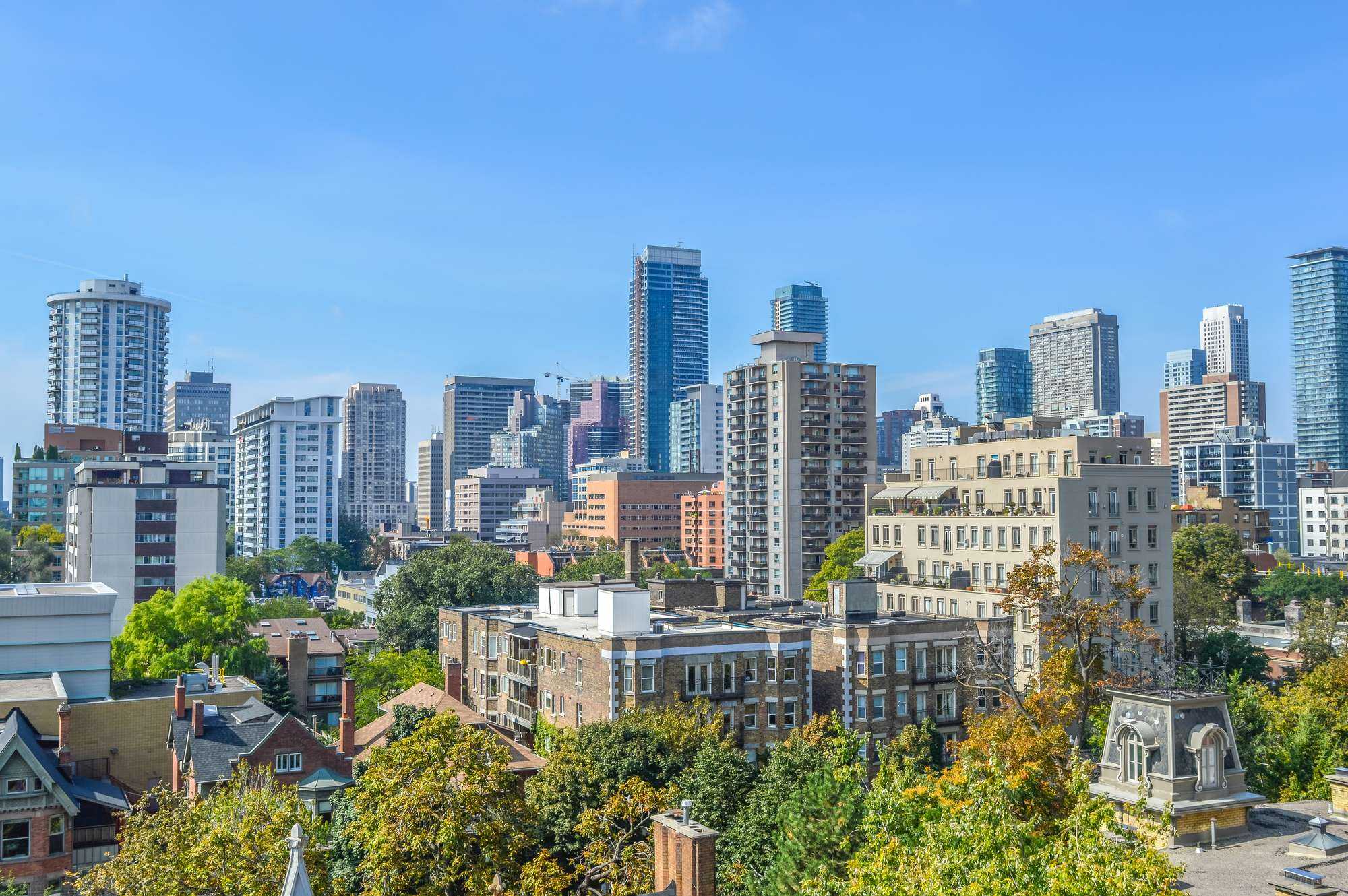BY JAY BRIJPAUL
In his classic personal finance book titled “Rich Dad, Poor Dad”, Robert Kiyosaki mentioned the millionaire mindset. Let’s look at the mindset of two siblings, Olivia and Aden. They both received $50,000 as an inheritance from their parents. The two siblings bought themselves the same vehicle for $50,000 each. Olivia paid cash because she does not like debt. Aden took dealers financing at 2% and invested his inheritance as a second mortgage at 13%. The return Aden received monthly was enough to pay for his car loan and give him additional spending money. After five years, both siblings sold their vehicle for $10,000. Aden’s net worth became $60,000 while his sister’s net worth was only $10,000. Dr. Wayne Dyer, one of America’s best authors, explained that “If you change the way you look at things, the things you look at change.”
Meet Bora, a small man with a big heart. He is the owner of a banquet hall. Anytime someone needed financial help, he would assist. He lost over two hundred thousand dollars over twenty years because people failed to repay him. He finally came to the realization that if someone does not have money in the first place, how can they repay? He told me that now, whenever anyone cries, asking for a financial bailout, he cries louder. This way they feel that they are doing better than him. Now he only lends money to strangers but at a hefty interest rate. His loan is always secure with other assets such as jewelries or real estate.
“If you own a home, work hard to pay off your mortgage and when you are mortgage free, get yourself another mortgage.” Mr. Singh is 88 years and just as sharp as a tact. His net worth is over 20 million dollars. He commented that many people, once they are mortgage free, tend to relax. They don’t seem to realize that the equity in their home can be used to generate wealth. He explained that once he paid off his home, he took out a line of credit and used it to invest in a second home. By doing so, he developed a passive income source. His investments grew and he extracted the equity to buy other investments. Mr. Singh is currently enjoying a passive rental income of about one million dollars annually.
“No one can invest your money better than yourself.” Bill, a retired realtor, met with a financial adviser in the mid-70s who convinced him to invest in the stock market. Bill invested $450,000, hoping to double his wealth in five years. After five years, his stocks were worth $350,000. He confessed that he knew nothing about the stock market and that was why he went to the “expert”. Had he spent time learning about the stock market before sinking his money into it, the outcome could have been different. He noted that anyone can give advice, but it is up to us to do our research. Bill knew real estate and could have easily doubled his investment during that five years, but hindsight is wisdom. Today, Bill will not make an instant decision. He always says, “Let me study that and I will get back to you.”
According to Mr. Hunter, “Hire a good accountant and use the tax system to your advantage.” Mr. Hunter has an impressive portfolio of residential and commercial properties. His accountant had explained that passive income is taxed at a higher rate compared to active income and that Mr. Hunter must employ a minimum of five persons to convert the passive rental income to active income. Today, Mr. Hunter’s wife, his two sons and his daughter-in -law are on his payroll. It’s a win-win because the children will eventually inherit his estate. By working in the business, they understand it better and, in the process, Mr. Hunter’s passive rental income becomes active. Take advantage of self-directed RRSP and TFSA. With careful tax planning, you can lend yourself your RRSP for investment.
One of my client’s, Bae, emphasized that “At the end of hardship comes happiness.” Bae immigrated from South Korea to Nova Scotia in 1978. He is the owner of a potato chip factory, a printing press, potato farms, a string of hotels and many furniture stores. His life experience is vast, from an extremely poor beginning to now having wealth beyond his imagination. Bae has four children, all well-educated and ready to take on responsibilities. When they were at university, Bae loaned them money at the then current interest rate. Later he created a bank called Bae Bank, where his children could consolidate their debts. On his 65th birthday, he wrote them each a cheque equal to the interest they paid to him over the years. He emphasized that “now, their financial muscles are strong to handle the family load.”
I believe we should have three goals in life: The first is to stay healthy, then spend time with your family and close friends and then, lastly, build wealth. With these goals, my days are all organized. I exercise first thing every morning, then spend some time with my loved ones and finally focus on work. I understand that over my lifetime, my wealth may grow but my remaining time on earth is getting shorter. Estate planning is essential. It is best to transfer wealth to the children while you are alive instead of leaving it in a will. We can do so by giving them shares in a corporation or by establishing a family trust. Another option is to add their names to your property as joint tenants. Wills are subject to probate fees and the estate can be heavily taxed. It takes time to process wills and can lead to disharmony within the family.
Building wealth is simple. Spend less and invest more. Over time, your wealth will grow exponentially. Dr. Earl Nightingale, one of my favorite teachers, explained that luck is when preparedness meets opportunity. Good luck!


 Community News2 weeks ago
Community News2 weeks ago
 Community News1 week ago
Community News1 week ago
 Community News1 week ago
Community News1 week ago
 Community News1 week ago
Community News1 week ago
 Community News2 weeks ago
Community News2 weeks ago
 Community News1 week ago
Community News1 week ago
 Community News2 weeks ago
Community News2 weeks ago
 Community News1 week ago
Community News1 week ago































